Cabbage Verona Purple
$4.95
Brassica Oleracea Capitata
- Seed Count 300
- Large purple/green heads
- Annual
In stock
Description
If you’re after a cabbage that pulls its weight in the veg patch, the Cabbage Verona Purple is worth a spot. This is a proper savoy type that is crinkled, dense, and full of character and produces large, tightly formed heads that reliably reach 3 to 4 kilograms each. The hefty heads form up nice and round and are compact without being hard and you know when you cut one that it’s going to feed a family, probably with leftovers.
The outer leaves are broad, slightly blistered in that classic savoy style, and have a soft crinkle to them. They curl back a bit as the head tightens, creating a good protective layer. The real standout though is the colour. As the name suggests, the inner leaves show a deep purple blush that fades to green toward the edges.
Once picked, a head will hold for quite a while in the fridge or a cool spot. The tightness of the head and the natural coating on the leaves will help to keep it fresh longer than some other cabbages.
On the flavour front he leaves are mild, not too earthy or bitter, and have a slight sweetness when raw. Cooked, they soften up nicely but still hold a bit of texture. And because the heads are so big, you get plenty to work with. One head can go into a few meals easily.
A full-grown plant spreads out, and you want to give it the space needed but you will get a lot in return. This is a variety that earns its keep. It looks good, it feeds well, and it hangs around after harvest without going soft.
For home gardeners who like to grow a mix of useful and eye-catching veg, it strikes a good balance.
| Method: Sow direct | Soil Temp: 10°C - 30°C |
| Cool Mountain: Feb - May | Position: Full sun |
| Arid: Feb - Jun | Row Spacing: 70 cm |
| Temperate: Feb - May | Planting Depth: 5 mm |
| Sub Tropical: May - Jun | Harvest: 100 Days |
| Tropical: Apr - Jul | Plant Height: 30 cm |
Growing Conditions
Climate:
- Cabbage thrives in cool weather, ideally with day temperatures between 15-20°C.
- In warmer regions, it can be grown in late summer to autumn or winter; in cooler regions, it’s perfect for spring or autumn planting.
Soil:
- Cabbage prefers fertile, loamy soil with good drainage. A soil amendment of well-rotted manure or compost enhances nutrient content.
- Soil pH should be within the range of 6.0 to 7.0. Conduct a soil test to determine the pH and amend as necessary.
Sunlight:
- Choose a location that receives full sun (6-8 hours a day), which helps promote healthy growth and reduces pest problems.
Planting
Seeds or Seedlings:
- Seed Starting: If starting from seeds, sow indoors 4-6 weeks before the last expected frost, then transplant outside after acclimatizing the seedlings.
- Direct Sowing: Alternatively, sow seeds directly in the garden when soil temperatures reach 10°C .
Spacing:
- Space the plants adequately for good air circulation. Generally, space seedlings 70 cm apart in rows that are at least 70 cm apart.
Care and Maintenance
Watering:
- Keep the soil consistently moist but not waterlogged.
- Regular deep watering (about 5-7 cm per week) is essential, especially during dry spells.
- Mulch around the plants can help retain soil moisture and suppress weeds.
Fertilising:
- Apply a balanced fertilizer or compost when planting, following up with side-dressing once the plants are a few weeks old.
- Look for a fertiliser high in nitrogen.
Weeding:
- Regularly remove weeds that compete for nutrients and water.
- Hand-pulling or shallow cultivation is recommended to avoid disturbing cabbage roots.
Pest and Disease Management
Cabbage is susceptible to a range of pests and diseases. Here are the common ones:
Pests:
- Cabbage Moths and Caterpillars: They can be controlled with floating row covers or natural predators like ladybugs.
- Aphids: Spray with insecticidal soap or introduce beneficial insects like lacewings.
Diseases:
- Black Leg/Clubroot: Rotating crops and ensuring good soil drainage can help prevent disease.
- Downy Mildew: Avoid overhead watering and ensure good air circulation.
Harvesting
Timing:
- Cabbages are usually ready to harvest 70-100 days after planting, depending on the variety and growing conditions.
Signs of Readiness:
- Harvest when the heads feel firm to the touch and reach the desired size. The outer leaves will begin to yellow slightly.
Method:
- Use a sharp knife to cut the head from the stem. Leave a few outer leaves intact to allow for regrowth.
Storage
- Store harvested cabbage in a cool, dark place. Cabbage can last for weeks in the refrigerator, especially if unwashed and kept in a breathable bag.
Postage Charge
Orders under $30 attract a $4.95 shipping charge. Orders $30 and above have free shipping.
Order Times
Seed orders are normally dispatched within three business days. You will receive an email when seeds are mailed out.
Postage Days
Seeds are mailed out Monday to Friday at 1pm. Except for the Friday of long weekends.
Postage Times
WA 2-3 Days: SA,NT 3-5 Days: NSW, ACT, QLD, VIC: 5-7 Days
Carrier
We use Australia Post Letter Postage for the majority of orders
Not only are our seeds packed in recycled paper envelopes, we keep the theme going when we post out website orders. To protect your seeds from moisture and the letter box munchers (snails), we use a very special plastic free material made from plants. They are then put into recycled mailing envelopes. Green all the way 💚🌿

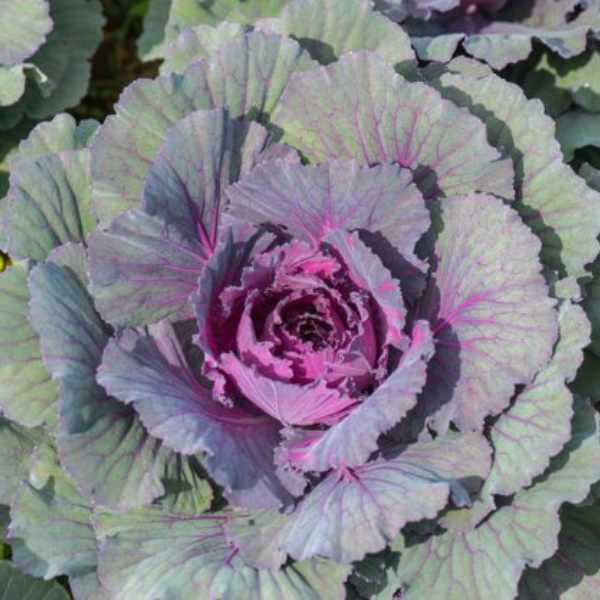






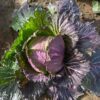
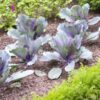



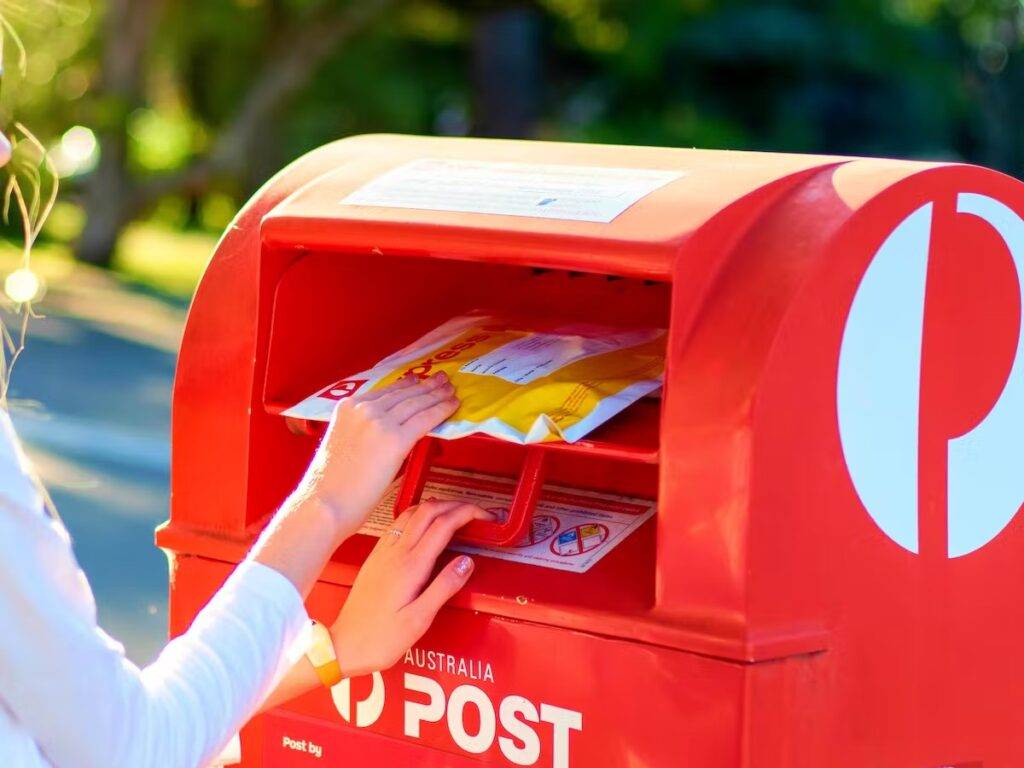
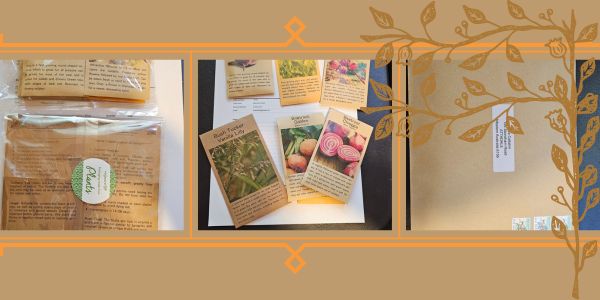
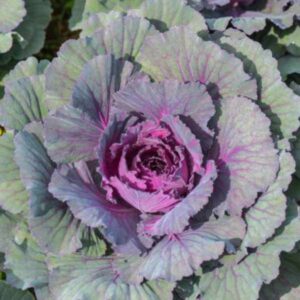
Reviews
There are no reviews yet